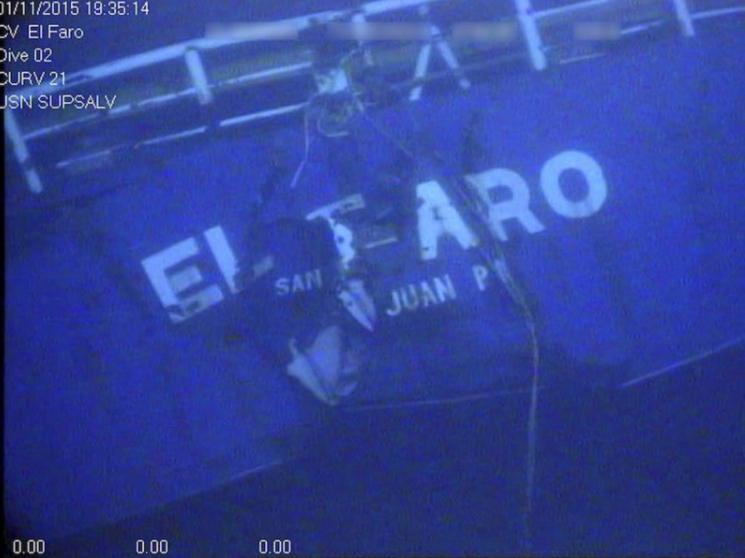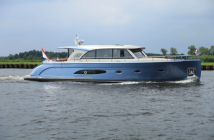In the worst U.S. maritime disaster in 30 years, the El Faro, a 790-foot-long container ship, sank during a hurricane in the Bahamas on Oct. 1, 2015, killing all 33 men and women on board. Here’s a chilling recap of the tragedy from Arnold & Ltkin LLP, a maritime law firm hired by three of the crewmen’s widows:
It has been six years since El Faro steamed into Hurricane Joaquin, an act that sank the vessel and claimed the lives of the entire crew. Thirty three people lost their lives that ill-fated day. Thirty three families were torn apart, wondering why. Why had the 40-year-old vessel sailed into a storm she had no chance of weathering? Why hadn’t TOTE Maritime, the owner of El Faro, better maintained the ship? Why didn’t the captain alter course?
Today, we have the answers. But that does not make what happened any less horrific or inexcusable.
SS El Faro Steams Directly into Path of a Hurricane
Built in 1975 by Sun Shipbuilding & Drydock Company, the cargo ship eventually known as El Faro first launched as the Puerto Rico (1975-1991) and then Northern Lights (1991-2006).
She operated as El Faro from 2005 until she sank on October 1, 2015.
At 8:10 pm on September 29, 2015, El Faro left Jacksonville, Florida. She was headed for San Juan, Puerto Rico with a load of 391 shipping containers, about 294 trailers and cars, and a crew of 33 people. Hurricane Joaquin was still a tropical storm when El Faro departed, yet National Hurricane Center meteorologists predicted it would become a hurricane by the morning of October 1.
The course charted by El Faro’s captain, Michael Davidson, was supposed to keep the ship safe by staying south of the storm. Ten hours after departing, however, El Faro was steaming ahead at 20 knots and had deviated from her plotted course. Klaus Luhta of the International Organization of Masters, Mates & Pilots said that Captain Davidson headed directly into the storm’s path. Joaquin was classified as a hurricane on the morning of September 30. It increased in intensity until it was classified as a Category 3 hurricane at 11 pm that day.
El Faro did not make it through.
The vessel’s final relayed position, according to Reuters, was approximately 23.52°N 74.02°W at 7:56 am on October 1, which would place it within Joaquin’s eyewall—the area immediately outside the eye of the storm and the most dangerous, destructive part of a hurricane. Read more:




